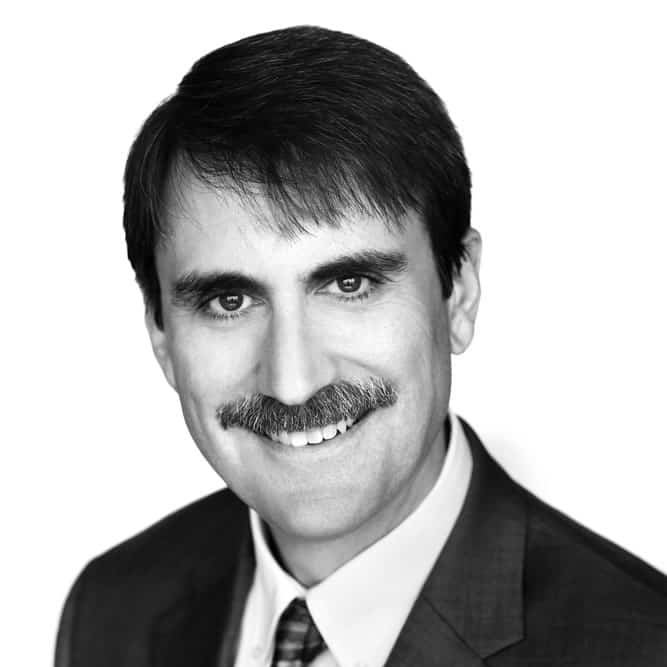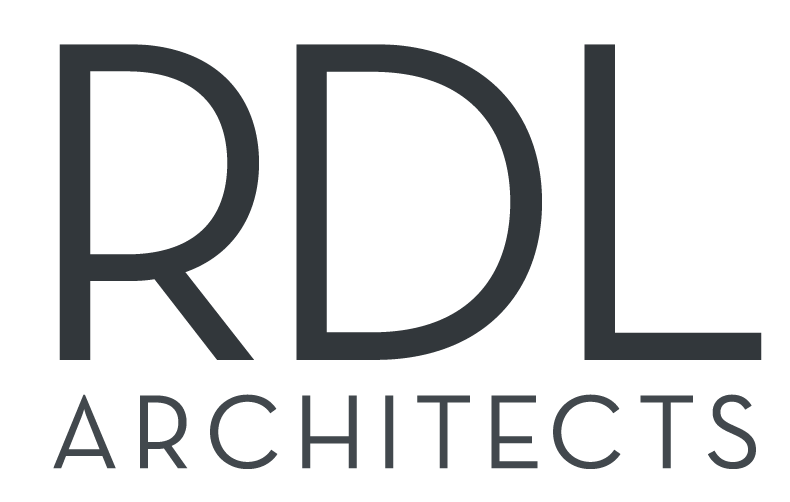Please join us in congratulating Howard Shergalis on his well-deserved retirement.
To celebrate, we spoke with Howard about his career, the evolution of the industry, his accomplishments and proud moments, and what he’s learned over a career that has spanned 40+ years and documented the conversation as an article for colleagues and friends to read.
From the entire RDL team to you, Howard, we thank you for your leadership and service to the industry. Enjoy your retirement!
What has evolved in the industry since you first started?
When I began doing senior living design, the current variety of places and options for people to live as they aged did not exist. Nursing homes and rest homes were institutional places everyone dreaded going to. Assisted living and life care communities as we currently know them, were in their infancy. There were no supportive environments for people with dementia or Alzheimer’s disease. The only option was a nursing home which was typically not set up to provide the necessary special care and security. The assisted living environments that we are designing today feel more like grand hotels and are managed on a hospitality model. An example is the recently completed project we designed for Harbor Chase Retirement in Shaker Hts.
A broad range of residential options are now available from active adult communities, congregate living, independent apartments with a la carte services, assisted living, memory care and short term stay rehabilitation facilities to all types of life care communities. People can plug in anywhere on the continuum based on their needs and lifestyle choices. Even nursing homes that provide high levels of support are designed to feel more home-like and allow residents to choose how they receive care.
There is more emphasis placed on physical, mental and social wellness as a way to help people age successfully with fewer disabilities. Spaces for exercise classes and equipment are now standard in all projects.
Dining in senior communities was often limited to one large dining room for three meals a day, sometimes served on trays like a cafeteria with a limited menu. Now there is a bewildering variety of available dining choices from short-order cafes, bistros, sports bars to white tablecloth-themed restaurants with booth seating. Menus are what you would expect to find in a nice restaurant with many custom options. The type and variety of food service has become one of the most important components of new community design.

Over the course of your career, what skills have you acquired and learned that you find to be the most valuable?
I think one of the most underappreciated skills is listening. As architects we need to learn to put our ego and prejudices aside and seek to understand what our clients are trying to tell us about their goals and dreams. That only occurs in a dialogue where we get them to talk more than we do. Architecture is a balance of the aesthetic and the technical, but also very emotional and psychological. I often joke that I should have minored in counseling.
The other important skill which new graduates take for granted, is an understanding of computer added design and production technology. When I began my career, we were drafting everything by hand on sheets of plastic with pens or special pencils. Fax machines were primitive and over-night delivery of drawings was just beginning. There was more time to contemplate design decisions. Now all our work is computer based with email and texting demanding instant decisions. I not only had to learn architecture but also keep pace with rapid changes in project communication and delivery systems.
Tell us about your career chapter at RDL Architects. What were some of the greatest accomplishments or successes during your time here?
I am grateful that Ron Lloyd allowed me the space to establish a studio that specializes in senior living design. Starting from the depths of the 2008 recession, over time we were able to attract some great clients and talented staff. I view architectural practice as a team effort and not a solo enterprise. So I believed it was important for the success of our studio to assemble a group of architects with complementary talents that were comfortable working together.
I was able to expand the practice outside of Ohio. We grew from doing small renovations and single buildings to full communities.
Presenting at national conferences.
Working with the Sisters of Notre Dame and Jennings to create Notre Dame Village. They trusted me to be their development advisor.
Expanding our service offering to include master planning.
As a Principal at RDL Architects, what did you enjoy most about your role?
I enjoyed the challenge of helping clients grow their business and create great places for the people they serve to live.
The challenge of working in a rapidly evolving field where developers and non-profit providers were constantly searching for ways to improve their communities.
Sharing my knowledge and lessons learned with my coworkers.
Looking back on your career, is there anything that you would have done differently?
I believe I entered the senior living field at the right time. Innovation in new products and care models was taking off and new providers were coming to market.
To connect to the previous question, what advice would you give up-and-coming architects about their own careers?
Invest in yourself, keep learning and growing. Firms, clients, and projects come and go but the skills and connections you acquire are your own. Learn from your mistakes and, even better, the mistakes of others. Get out to construction sites as often as possible. That’s where the real learning occurs.

